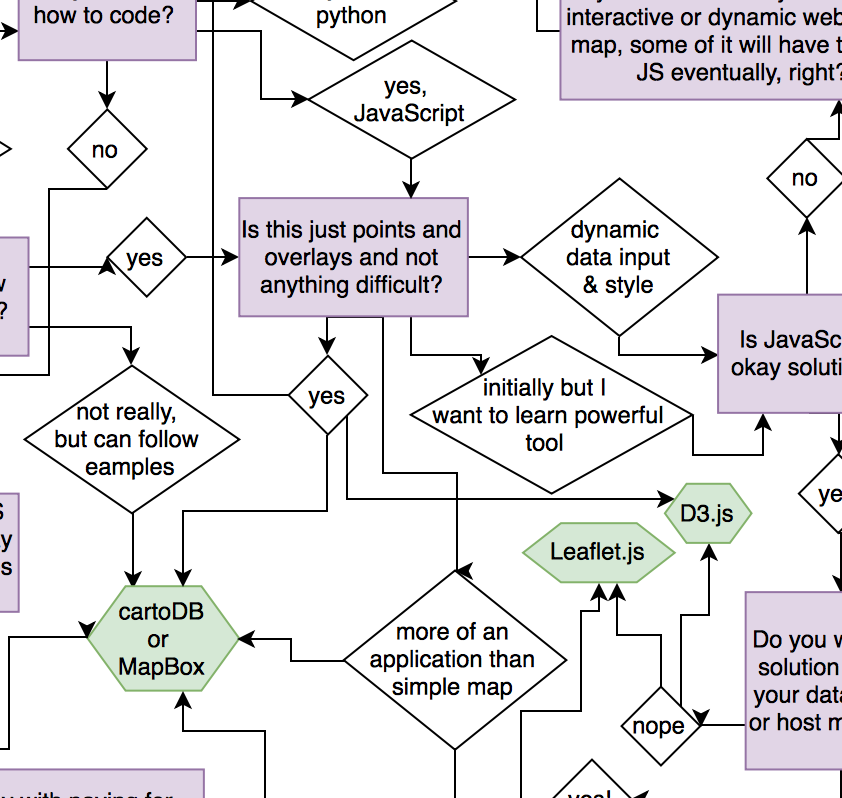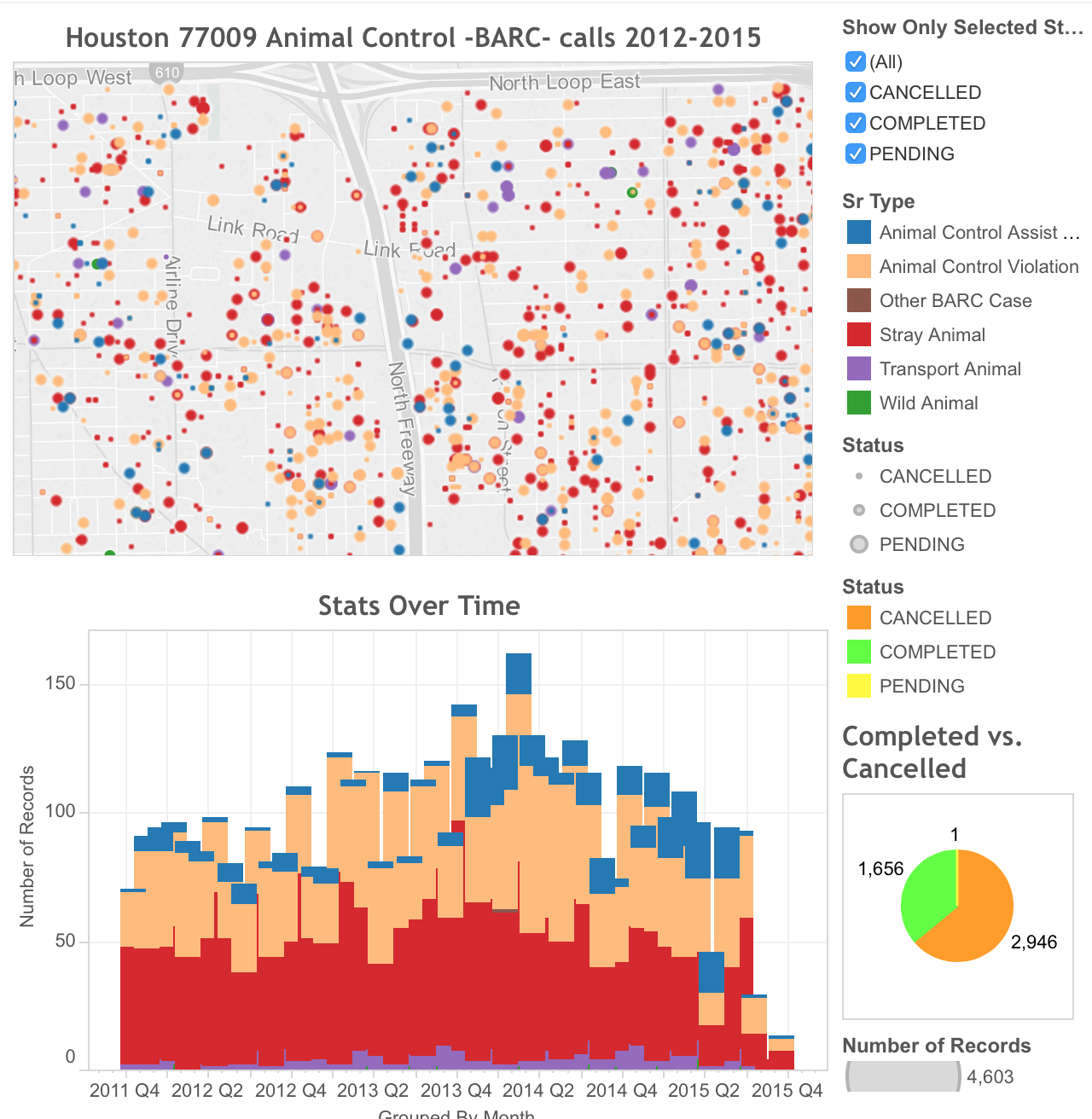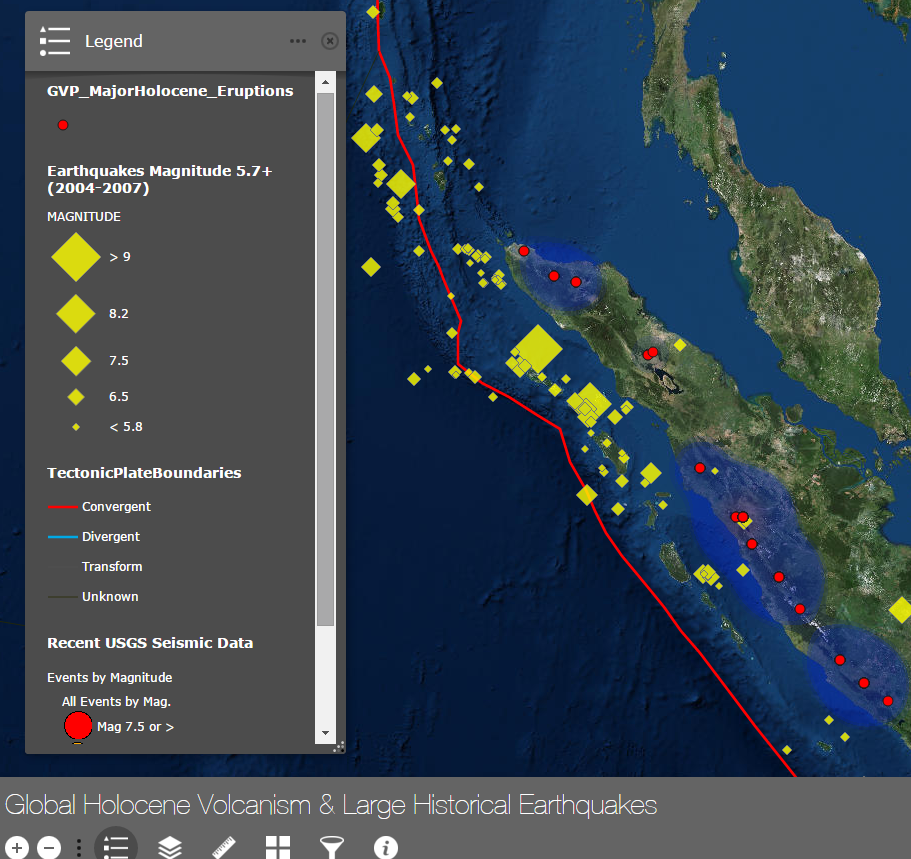GIS Certification:
GIS certification is one of those certifications where no one is completely sure of its exact value. I don’t know of any business or organization where it is mandatory, but sometimes you see it listed under “preferred” on job advertisements. When I asked a question about the value of certification versus portfolios in a LinkedIN group devoted to GIS (GIS and GEOGRAPHY), I got a range of responses, but generally few saw it as something with very significant value, more a nice to have.
Why was I interested in Certification?
Although I have experience with GIS, I never had GIS in my job title. Also, my previous work was all proprietary, so I couldn’t show anyone a portfolio of past work. Given these two limitations, I saw certification as a way to give myself more credibility.
The two most well known types of certification (at least in USA) are GISP and ESRI certification. GISP is more of a longer process vs. simply taking a test, so I opted for the ESRI model.
Don’t Sue Me
Before and after taking an ESRI certification test, you are provided with strongly worded legal warnings to not discuss anything on the test with anyone ever. Therefore, I’m not going to talk about anything I learned from taking the test. I’m only going to discuss observations gleaned from ESRI supplied study material and my own experiences studying for one of their certification exams. These are concepts that maybe aren’t stressed in the ESRI study directions, but I believe to be useful. Certainly, I will use them if I take additional ESRI certification tests. Others might find them useful as well.
Real World ArcGIS Use vs. Test Questions – Different Patterns:
The ESRI certification tests are multiple choice. You do not use ArcGIS like a multiple choice test. This might seem a rather obvious observation. Perhaps it is, but it has value for understanding how you to study.
When I use ArcGIS or other ESRI product, I don’t necessarily remember the exact wording of buttons and menus. I remember where they are. I remember what they do. Maybe I remember something about what is written on a button or menu, but that memory is fuzzy. I may not remember the exact wording or phrasing. With the same task being accomplished on different programs by pushing buttons with very similar sounding names, there isn’t much reason to remember the exact name.
In contrast, in multiple choice questions asking what sequence of actions a user must follow to accomplish a specific GIS analysis, there is no spatial reference and exact phrasing matters. Hence, the information stored in your brain for how to do something in ArcGIS might not be stored in the same manner as it is asked in a multiple choice question.
This is a problem. If knowledge is stored in one semantic system and asked in another, you’re at risk of appearing less knowledgable than you actually are.
Note: Perhaps there are people who work in ArcGIS as if it is a sequence of exact words to click? I don’t, but maybe those people exist? If that is you, this post doesn’t really apply. Sorry.
How I’m Going to Study for My Next GIS Certification Exam:
Because of this difference in how my mind stores information required to do analysis in ArcGIS versus how questions are asked in a multiple choice test, I’m going to study in such a way to shift that knowledge out of spatial, visual, and procedure reference and into a sequence of exact words reference.
In addition to the studying the ESRI supplied material, I will …
- Write down and remember the exact names of button, menus, and options found in the study material.
- Write down and remember the order of buttons to do a task as a sequence of words independent of spatial position.
- Note any differences in menu or button names between desktop and online applications.



0 Comments